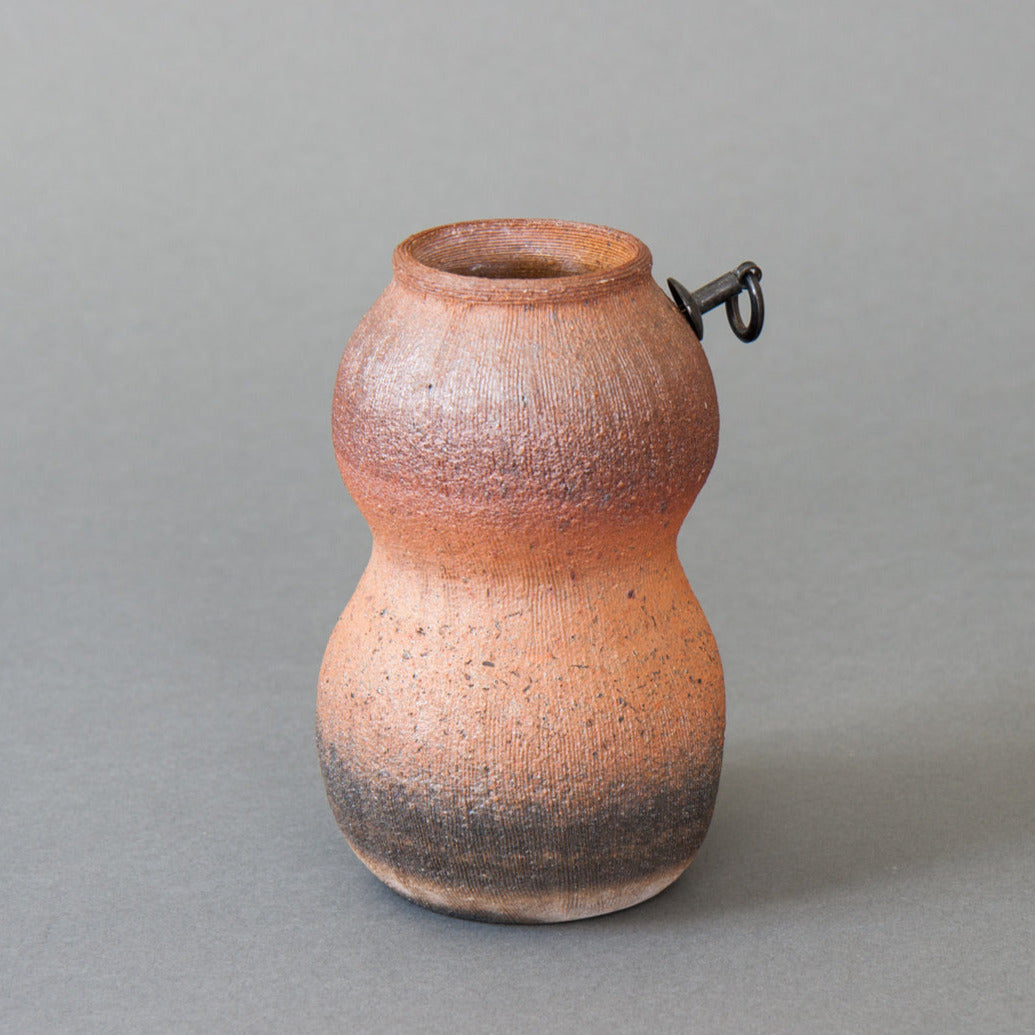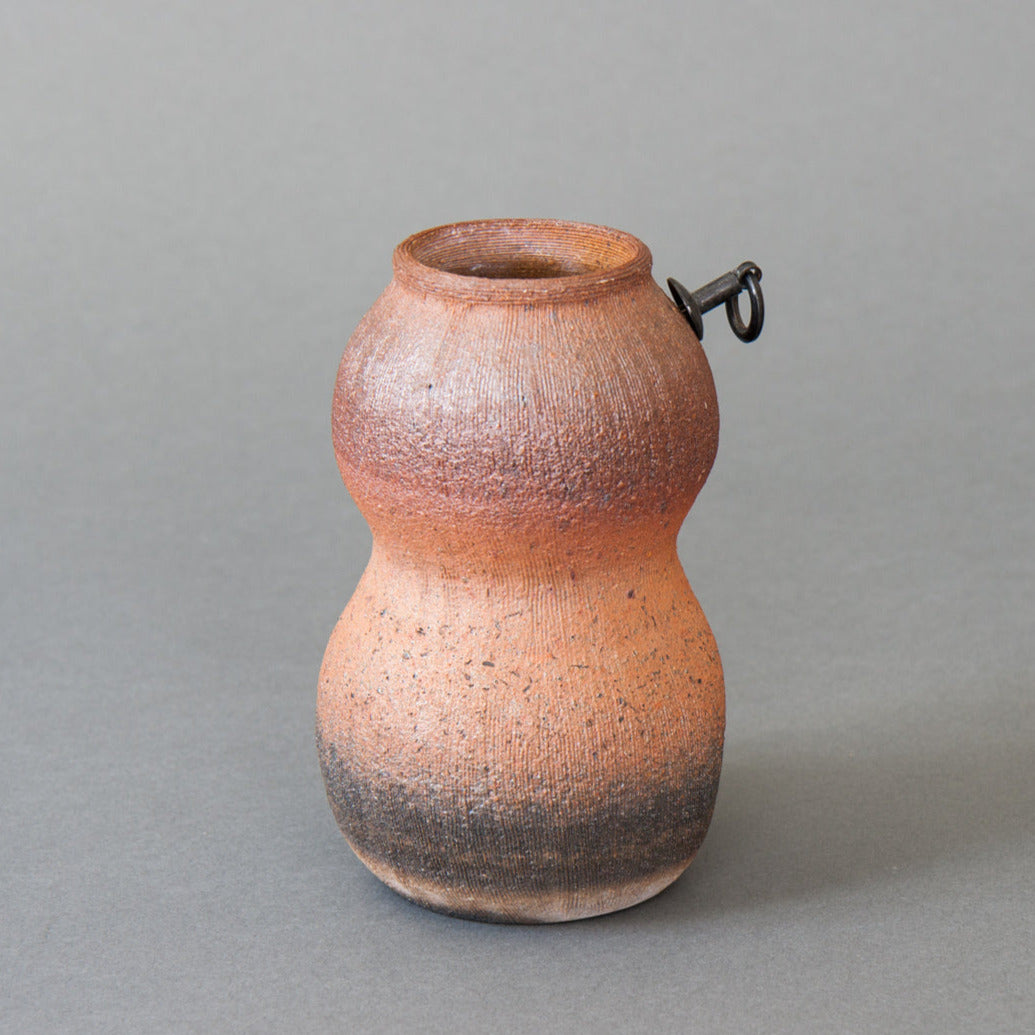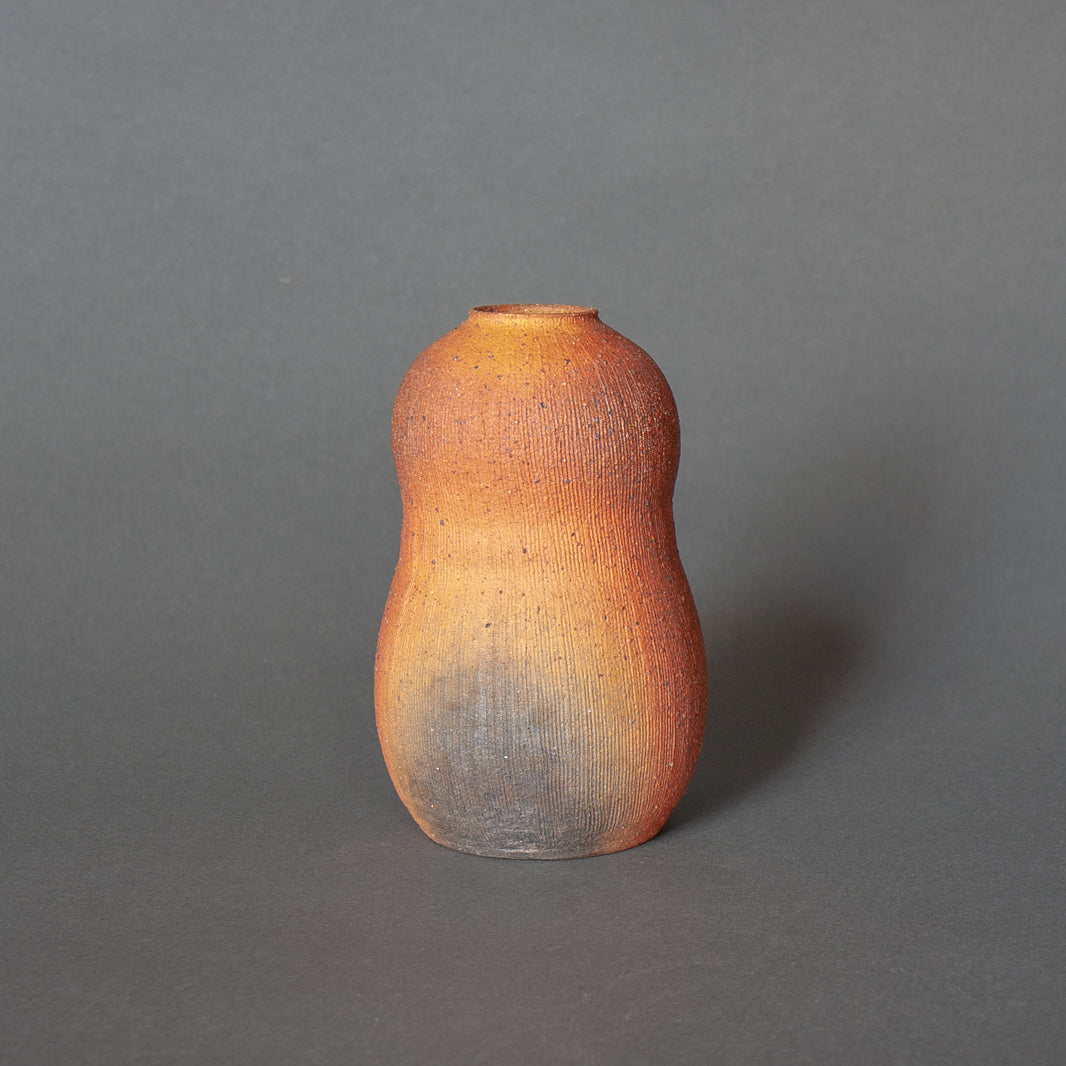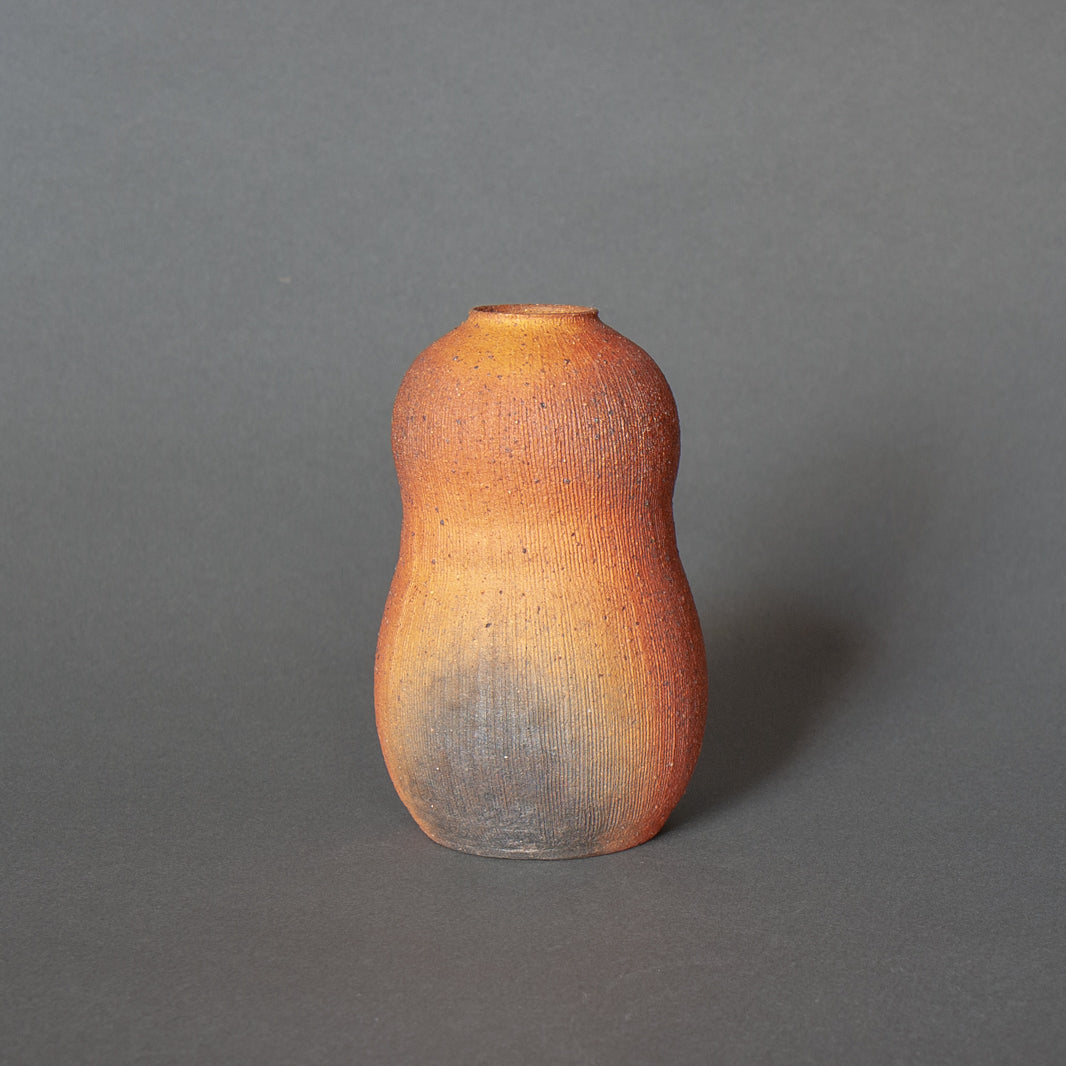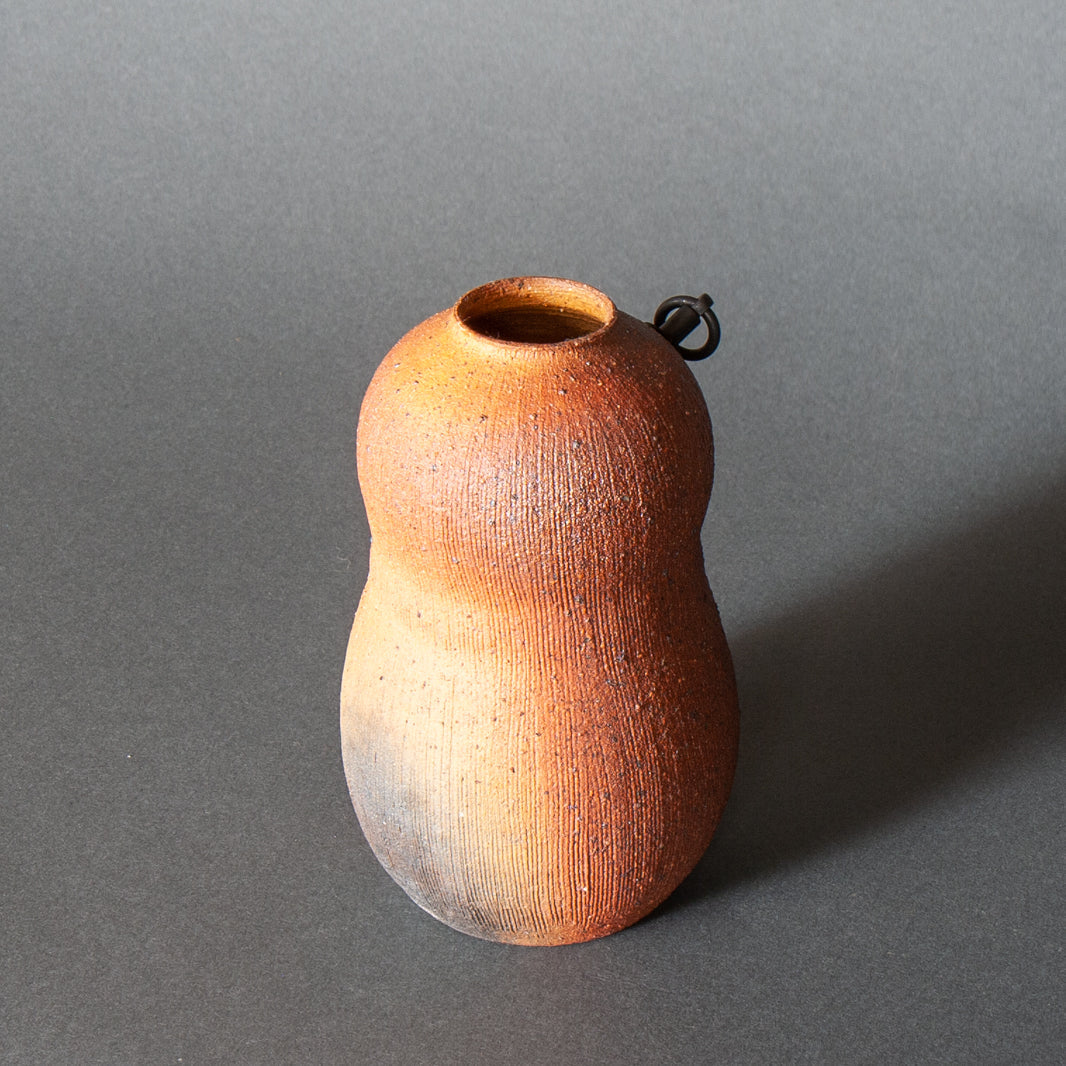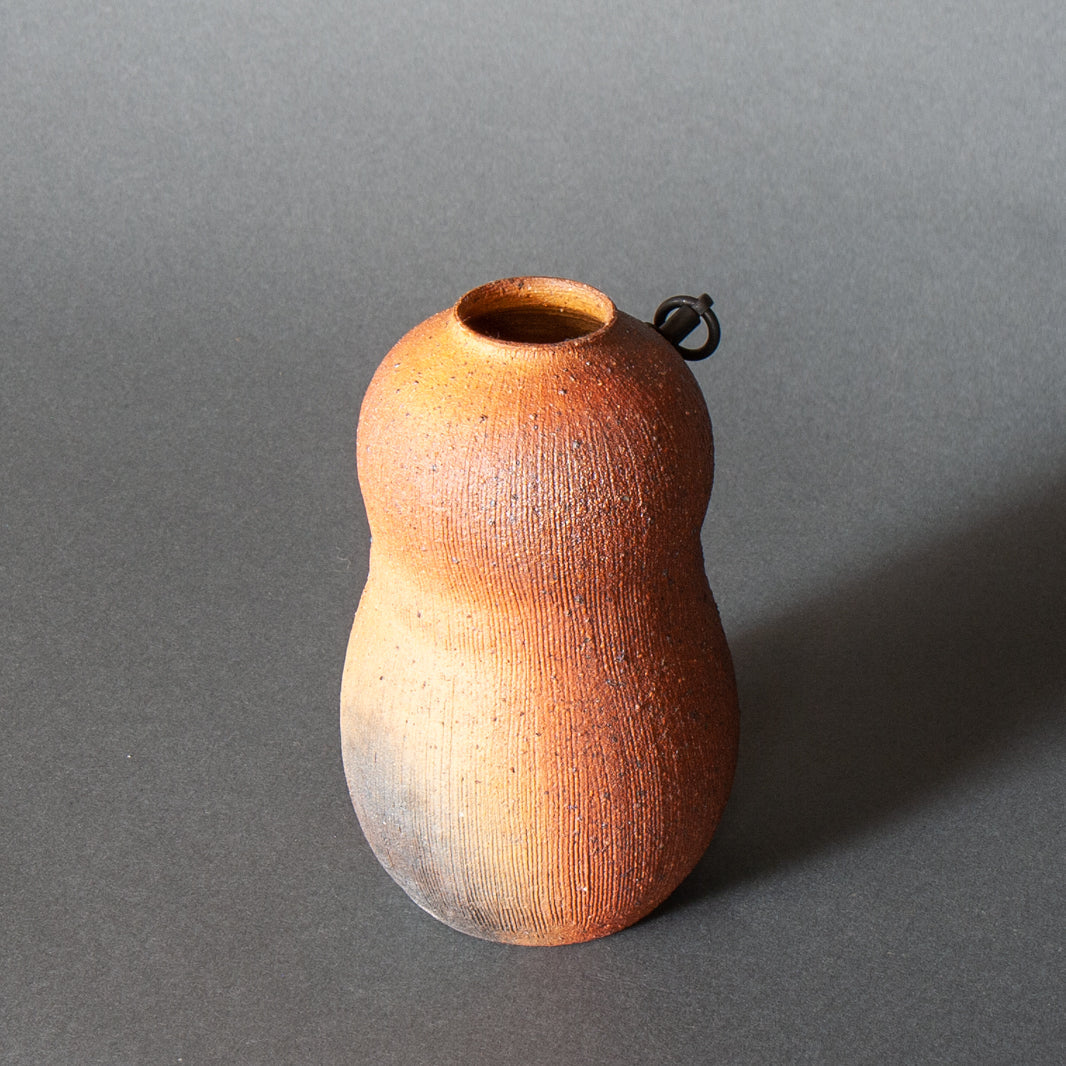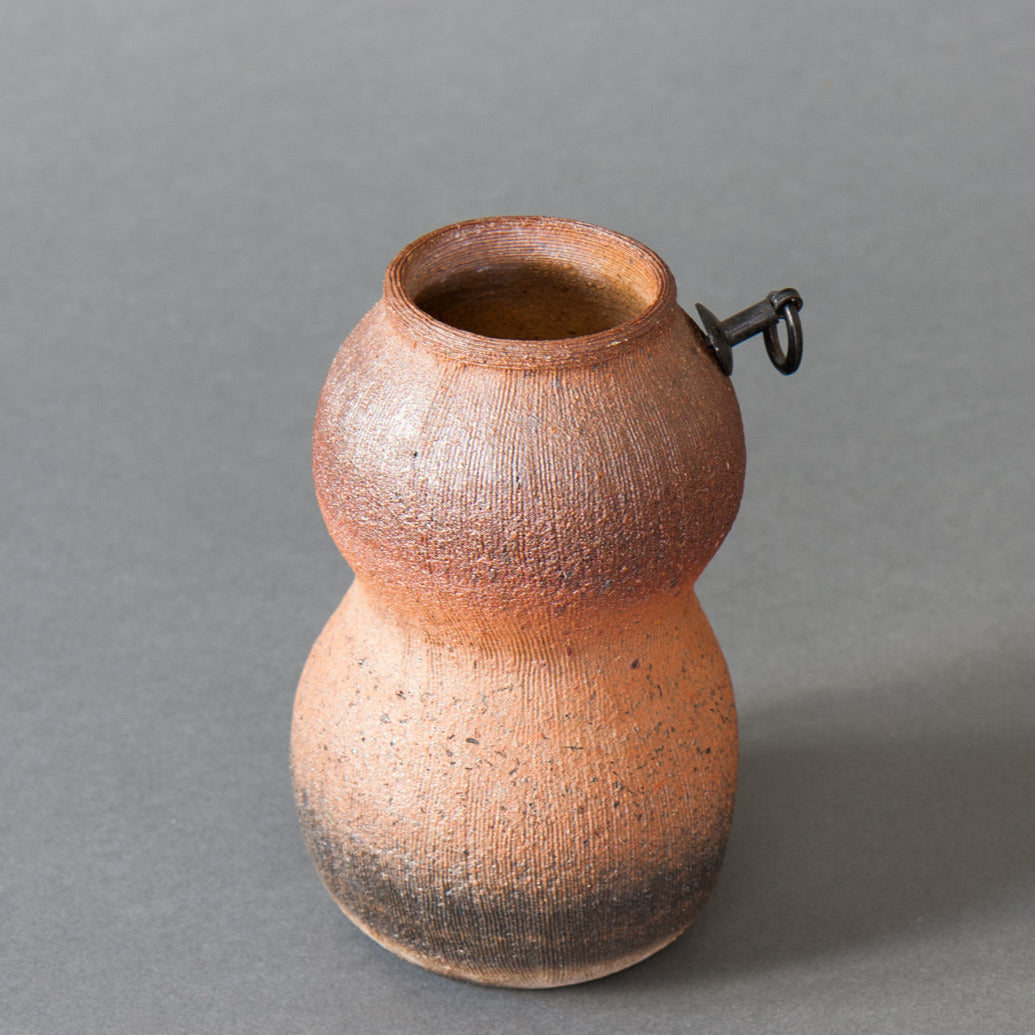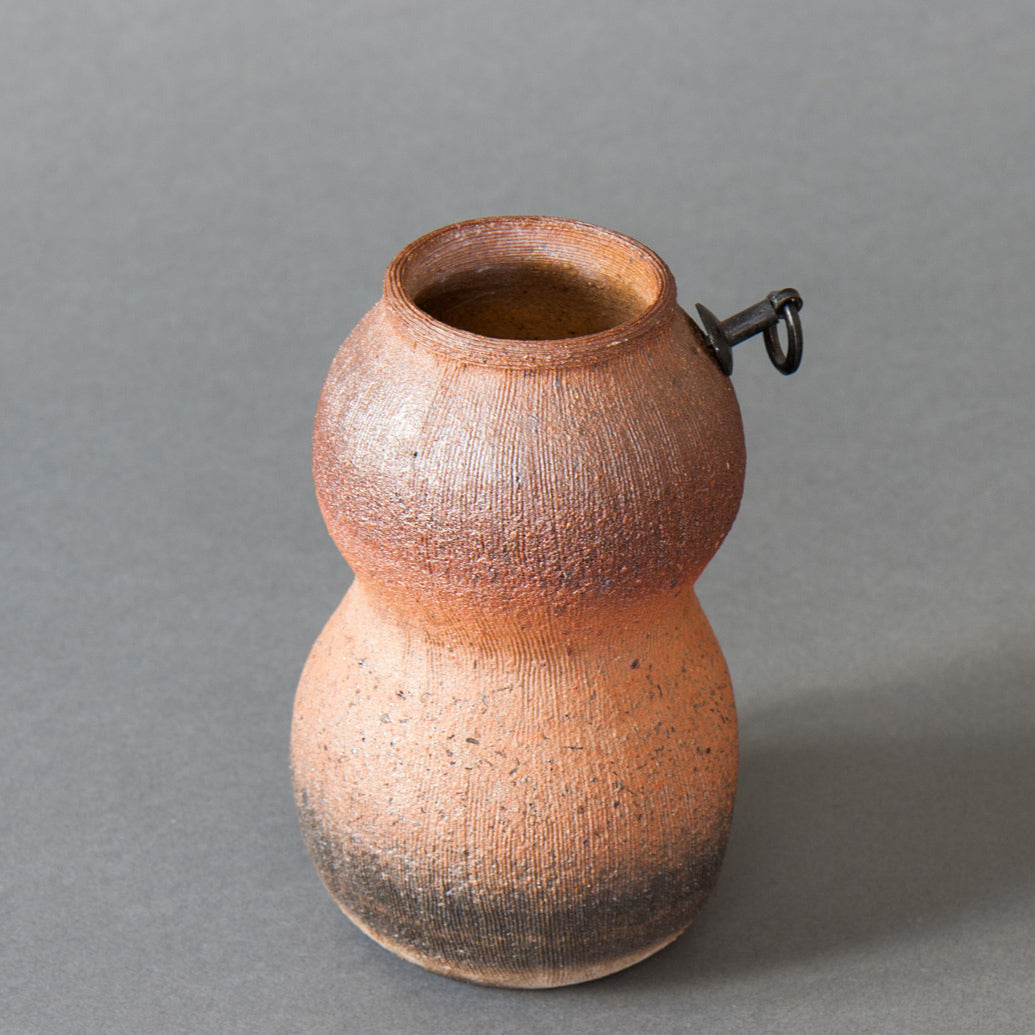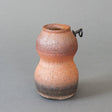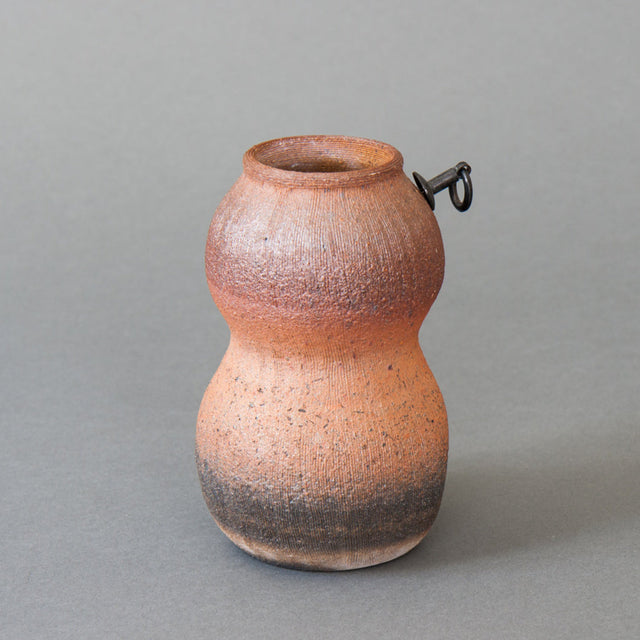Hanging Vase
You can find hanging vases all over Japan in traditional hotels, restaurants and temples. This is a lovely example from Maruta san - a traditional Hyoutan or gourd shape enlivened with gentle rake decoration and the firing colours. This can stand on its own or hang on a hook or string.
- 14cm High, 9cm diameter at its widest
- Stoneware (see our Care Guide)
- Hand-thrown, wood-fired noborigama, from the Jugomori Kiln in the village of Hoshino on Kyūshū island
Hanging Vase is not in stock and will be made for you. This can take up to 5 weeks.
Couldn't load pickup availability
Returns & Refunds
Returns & Refunds
Free returns within the UK
All damage must be reported to us within 14 days of receiving the package
Care Guide
Care Guide
Any additional information will be in our care guide
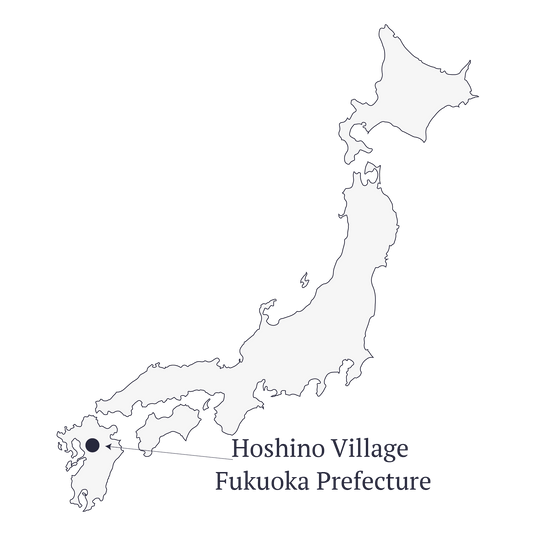
Meet the Maker:

